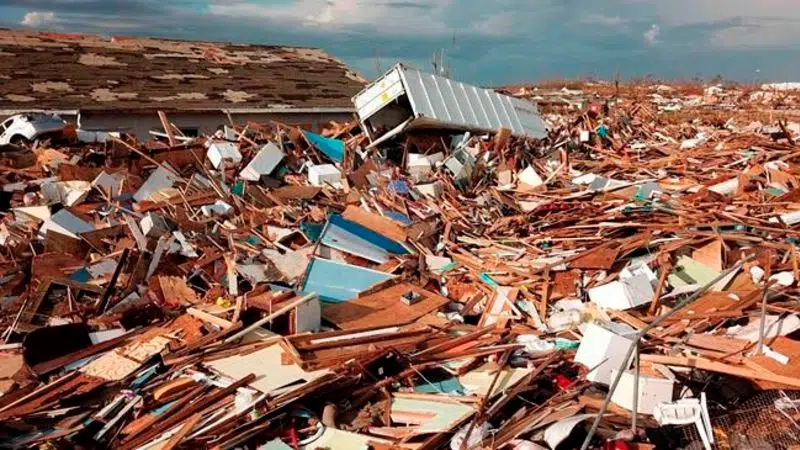
Hurricane Dorian projected to hit with force in parts of Atlantic Canada
HALIFAX — As Hurricane Dorian pushes northward, emergency and weather officials in Atlantic Canada warned Thursday against complacency ahead of the expected weekend arrival of the severe storm system.
The Category 2 hurricane lashed the southeast U.S. seaboard Thursday, reaching the coast of North Carolina where it knocked out power to more than 200,000 homes and businesses. Dorian has left at least 20 people dead in its wake in the Bahamas, including a Canadian woman from Windsor, Ont.
Linda Libby, an Environment Canada meteorologist, said Dorian is “certainly on its way” and that it remains to be seen whether the massive storm system will transition from tropical to post-tropical by the time it hit parts of Atlantic Canada sometime Saturday.
“We are looking at a large swath through Atlantic Canada and Quebec that could see impacts from Dorian,” Libby said.


